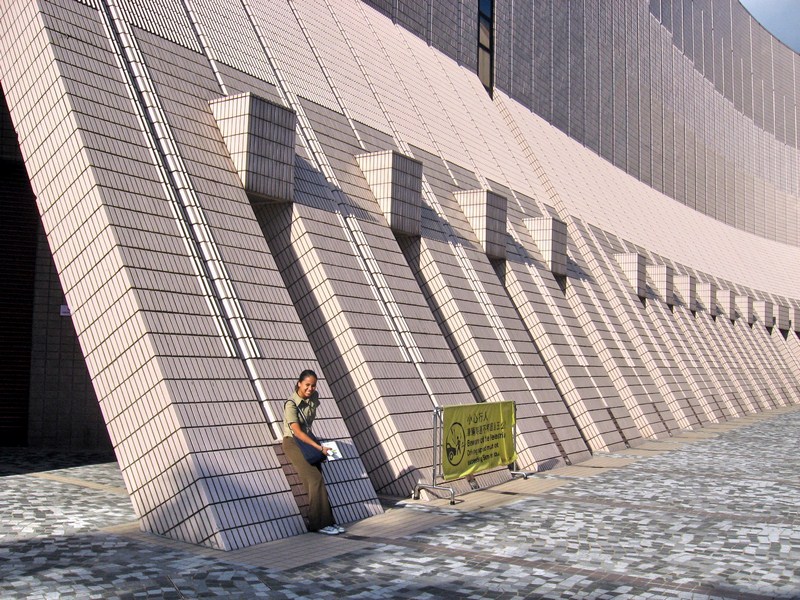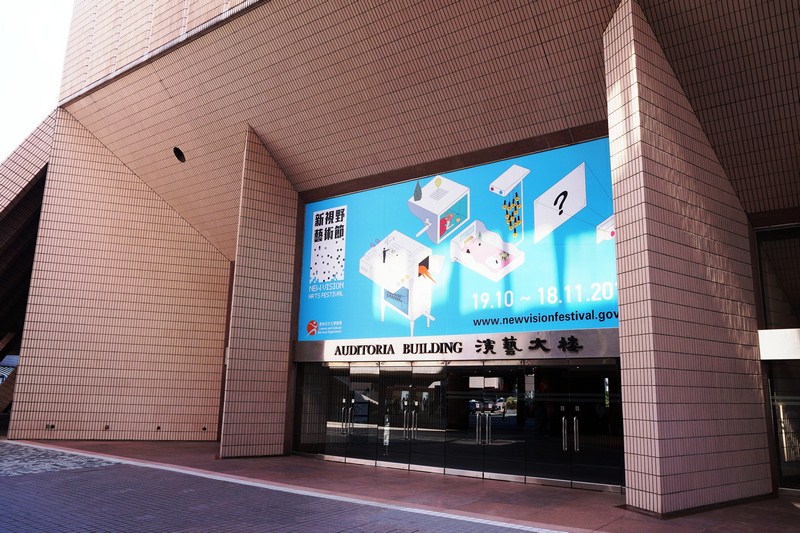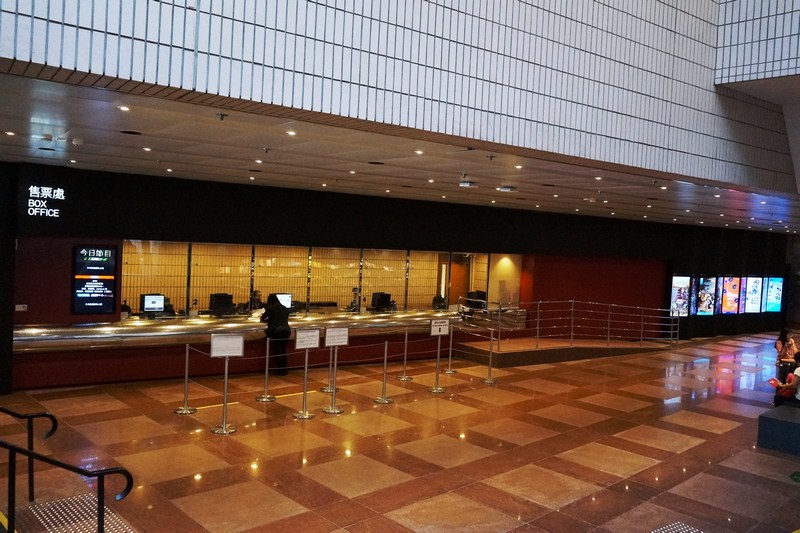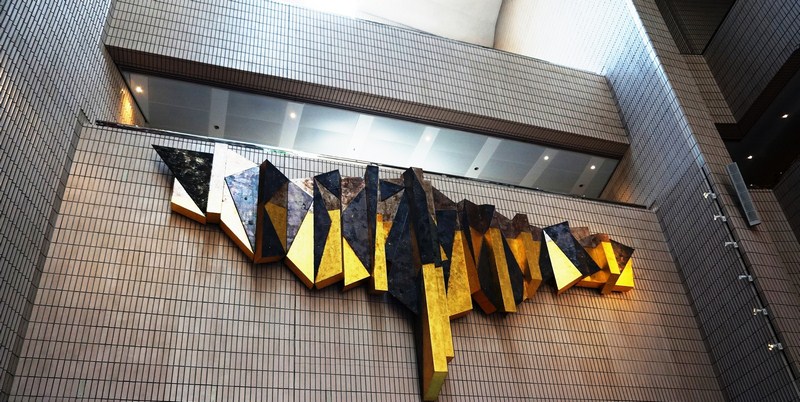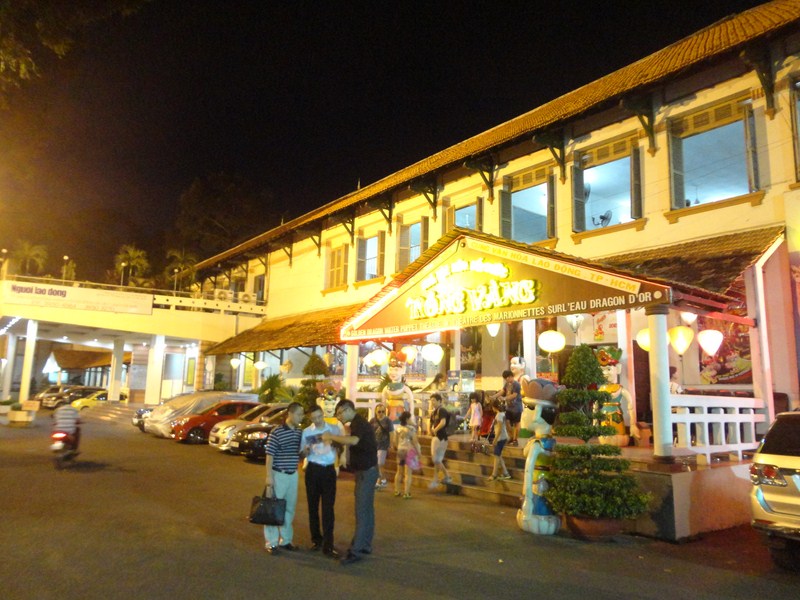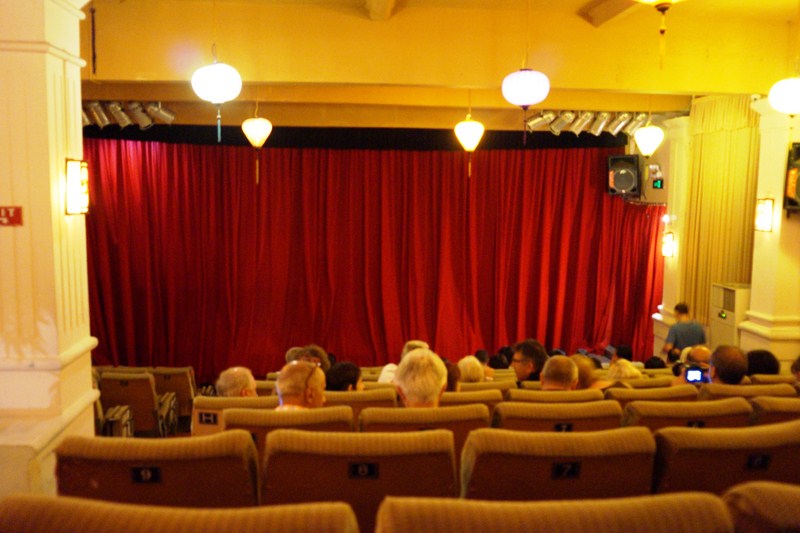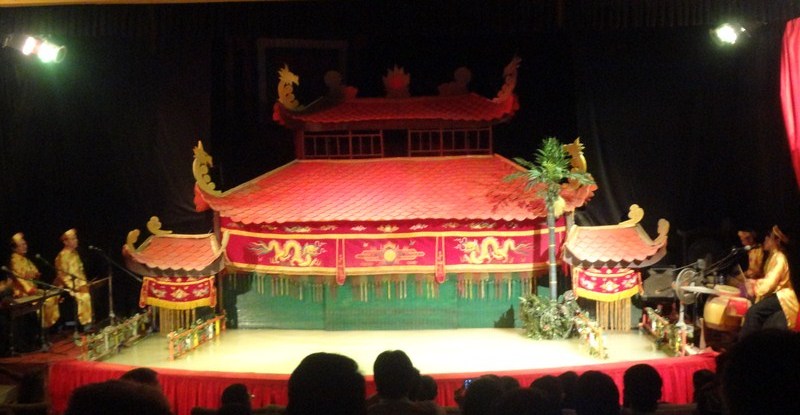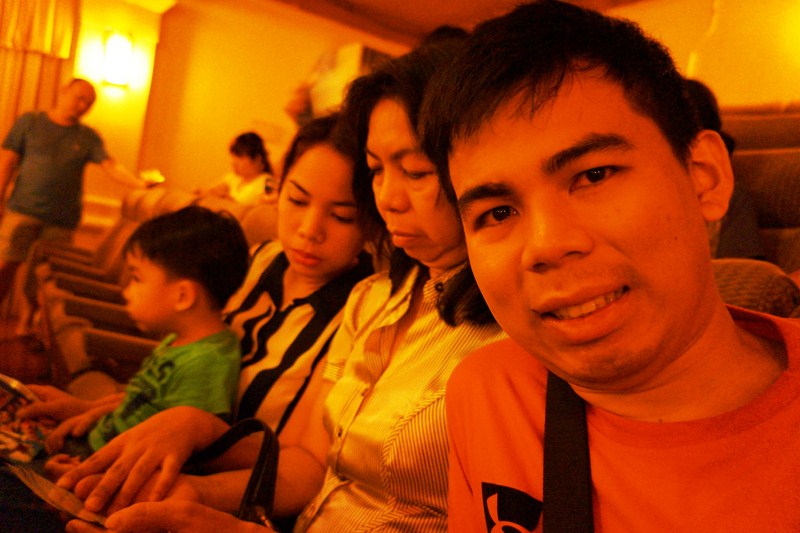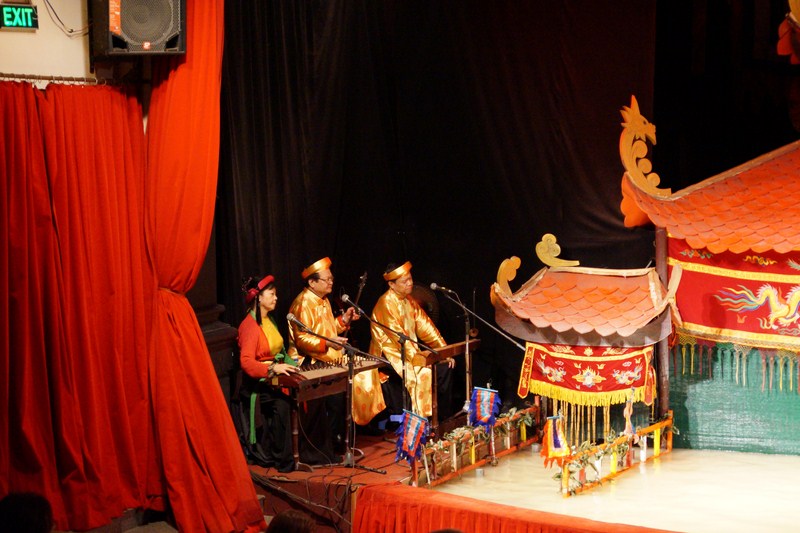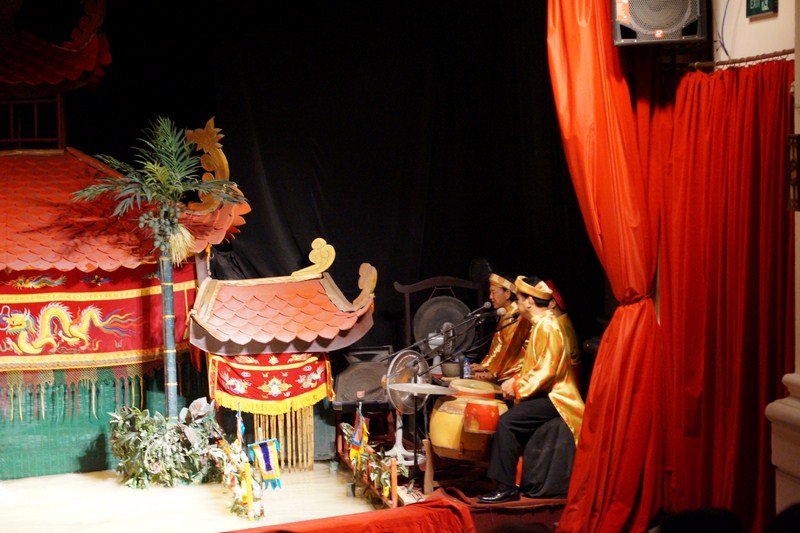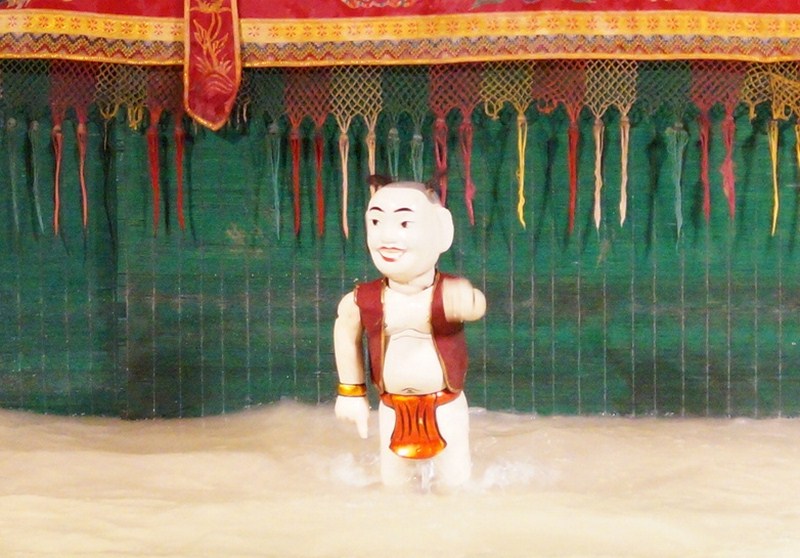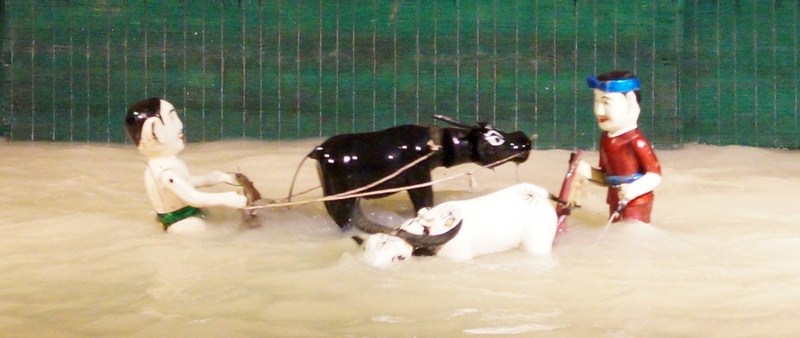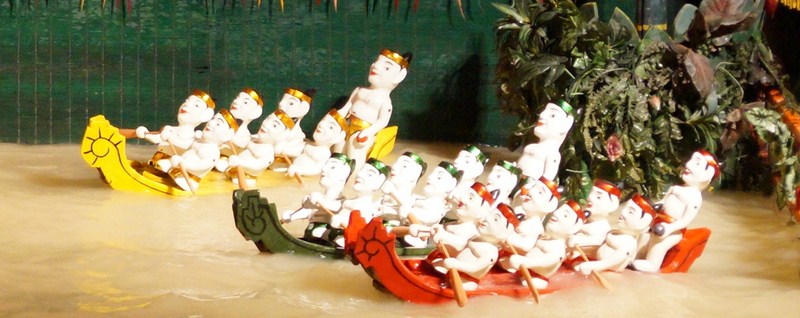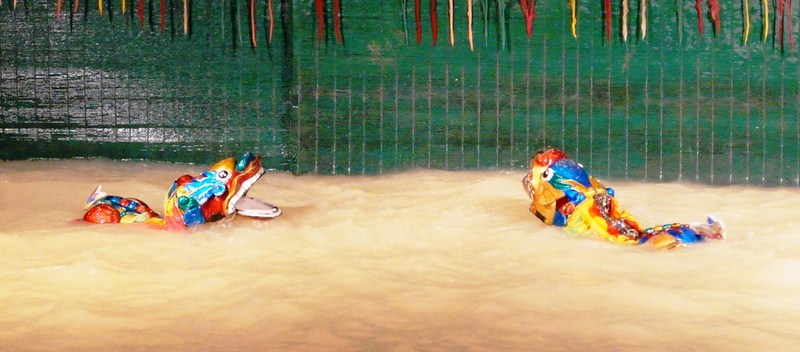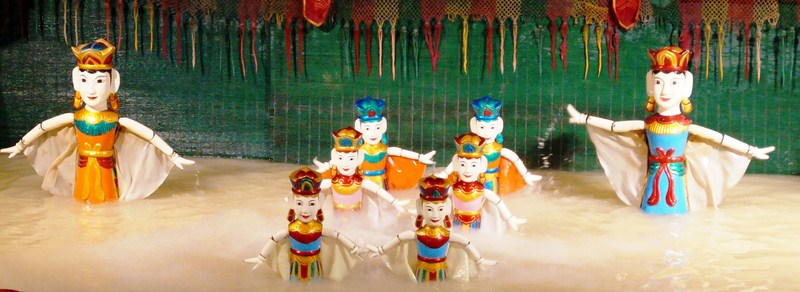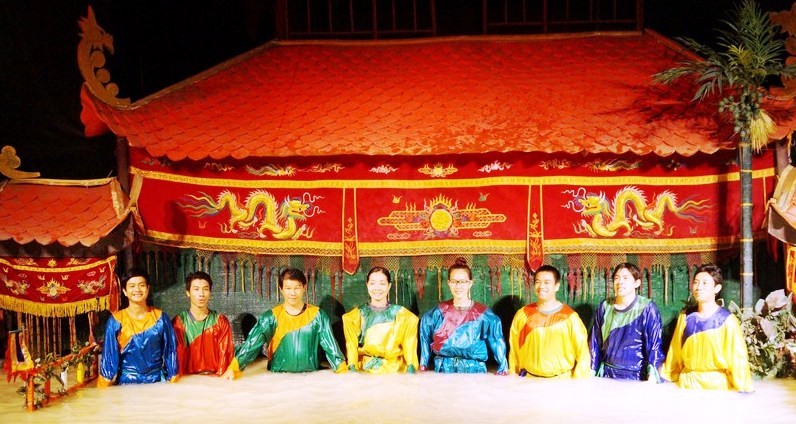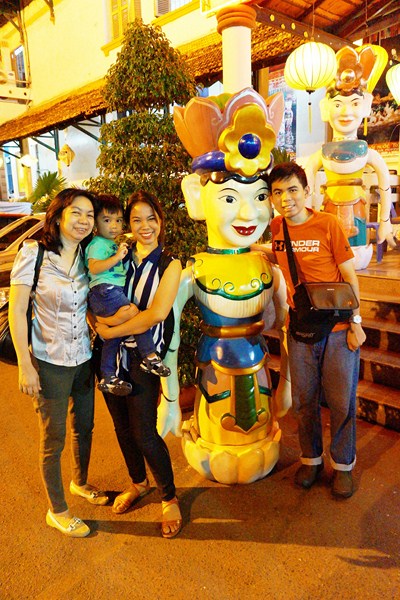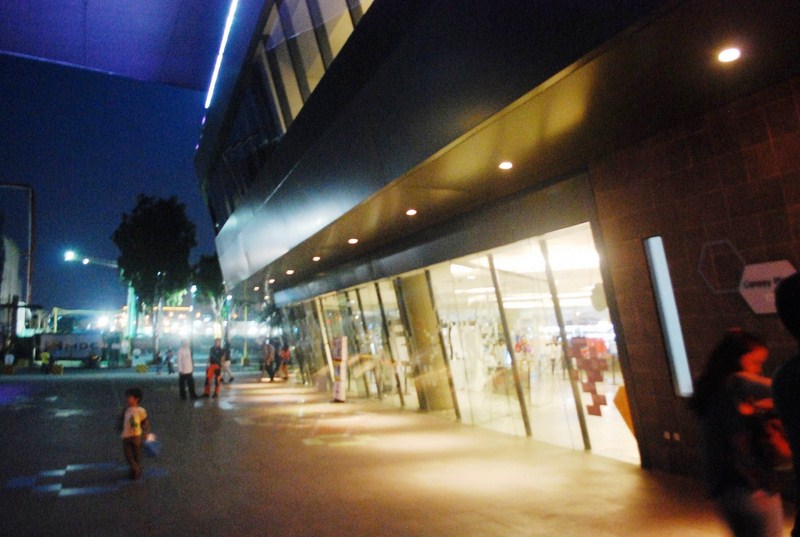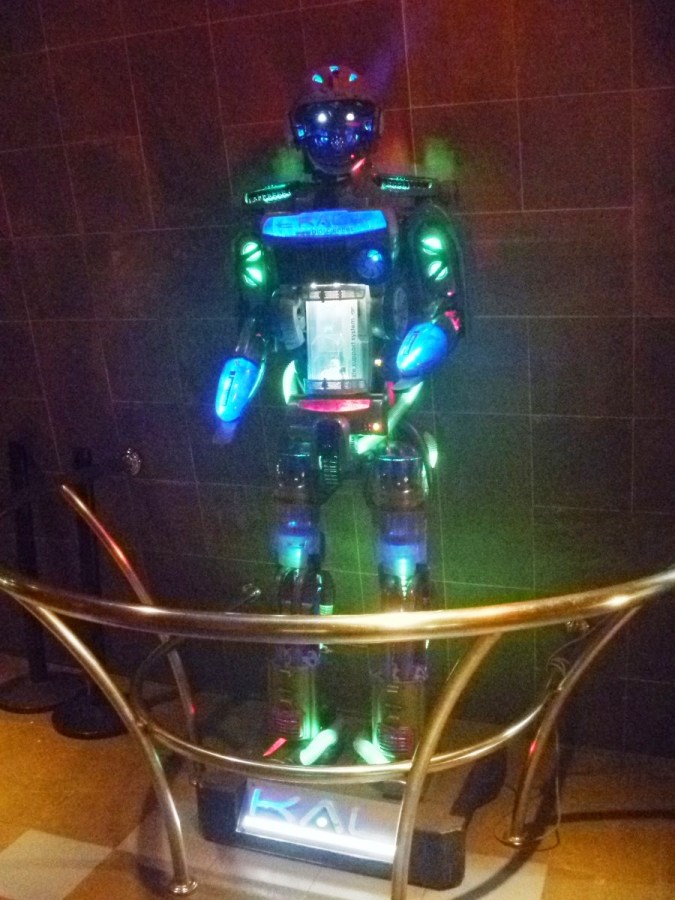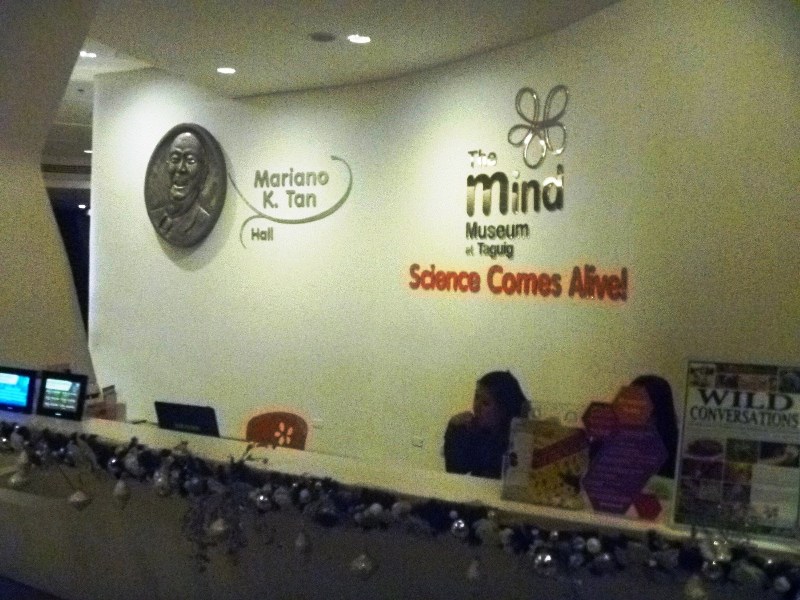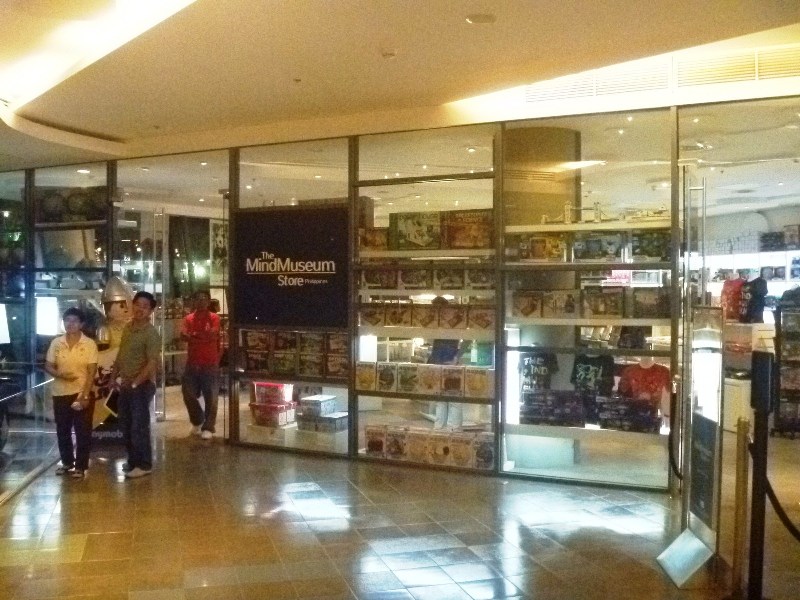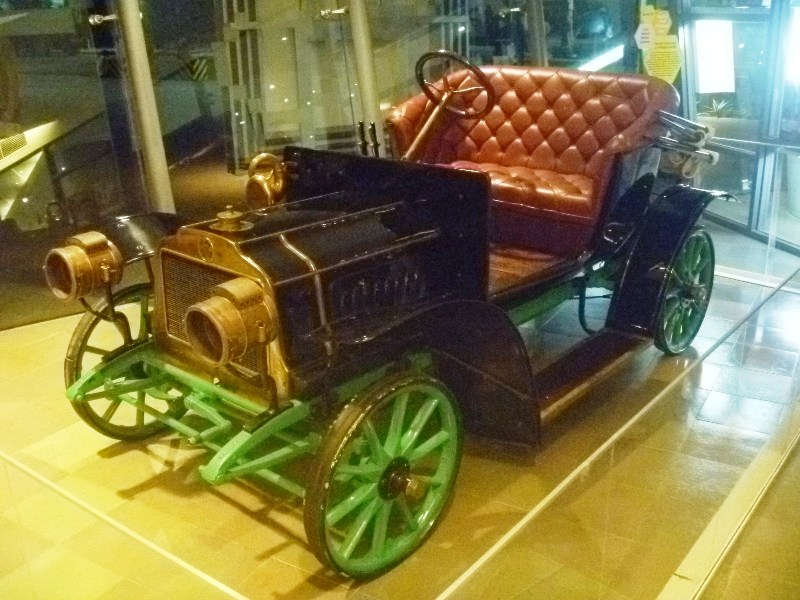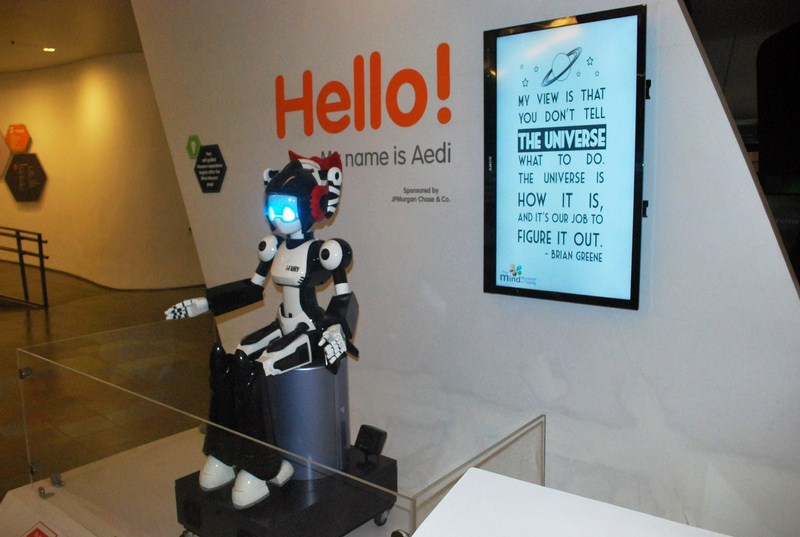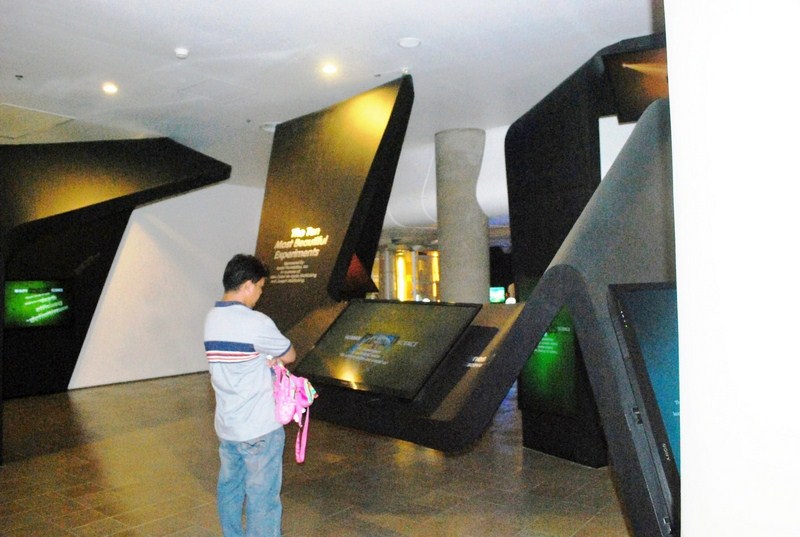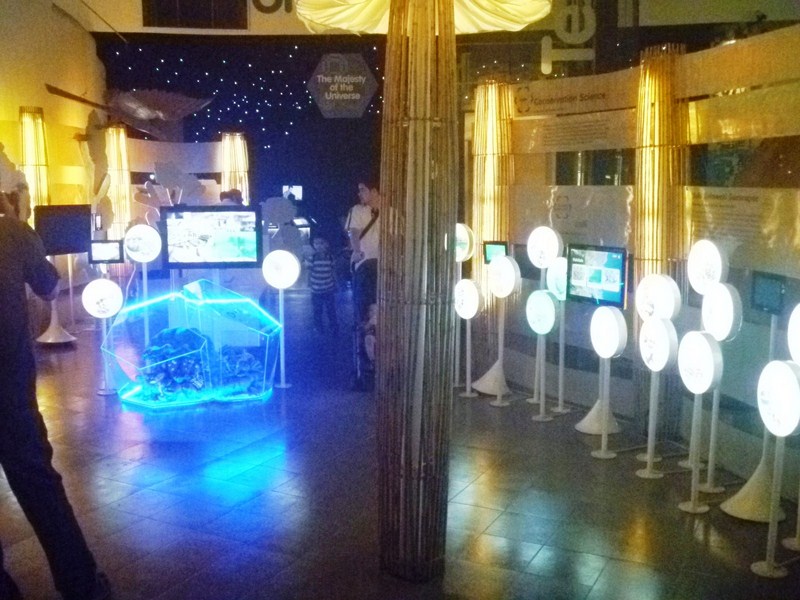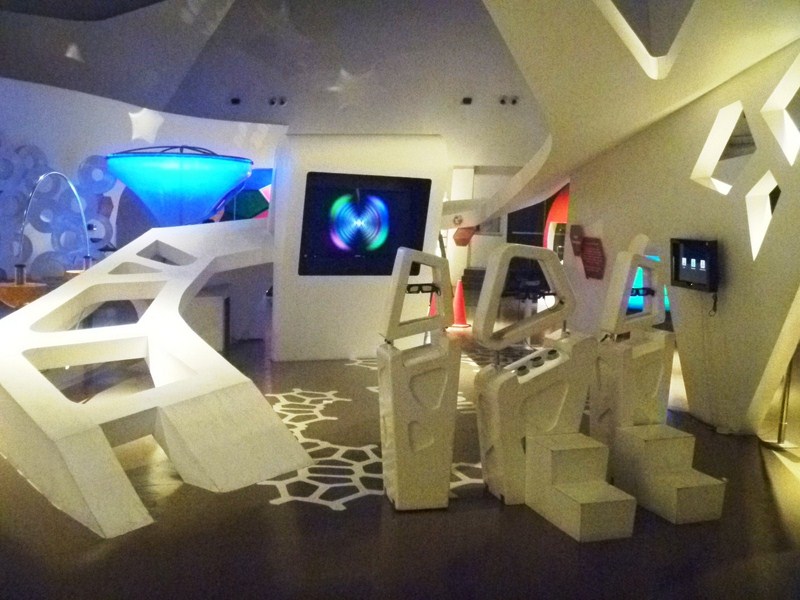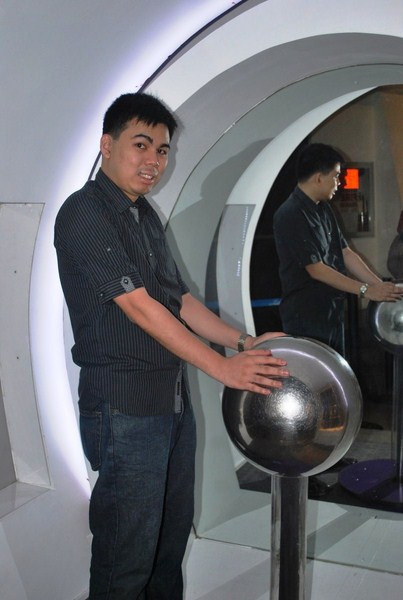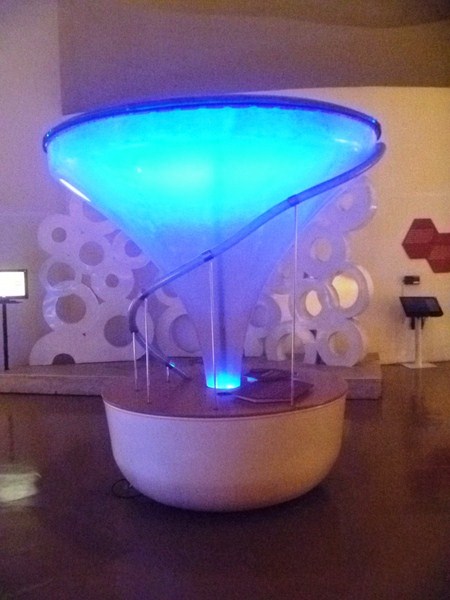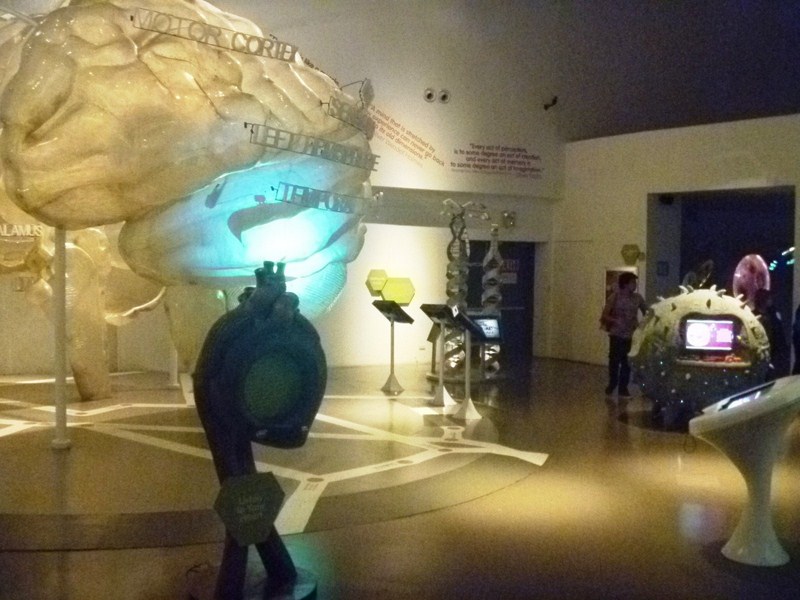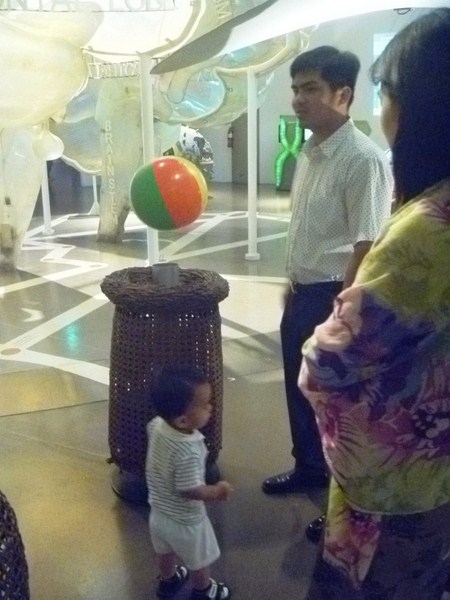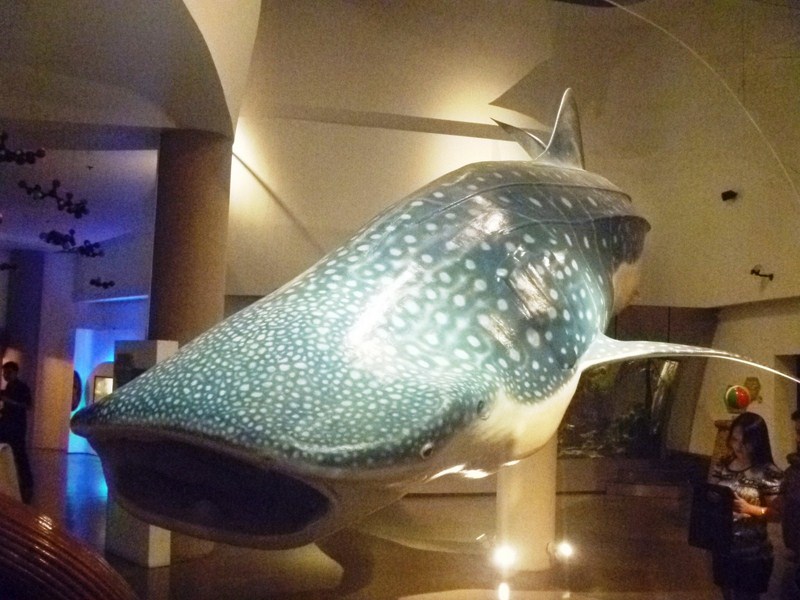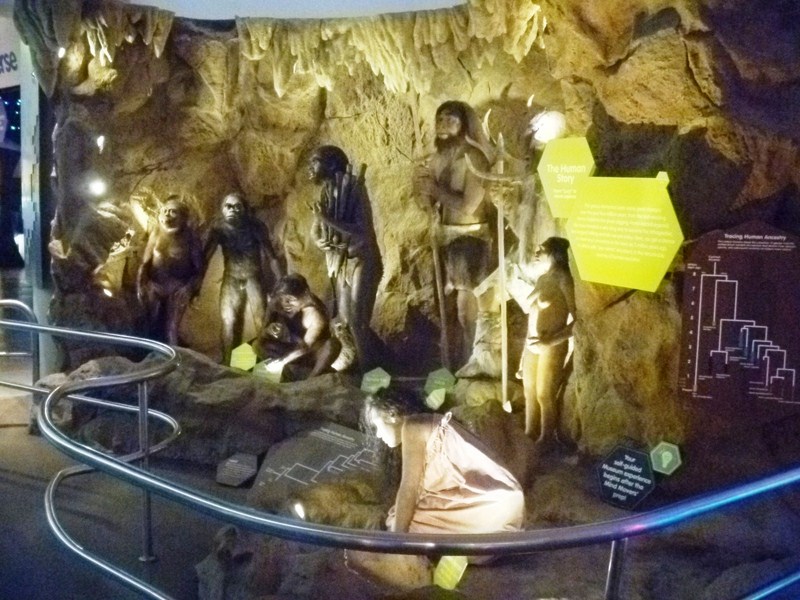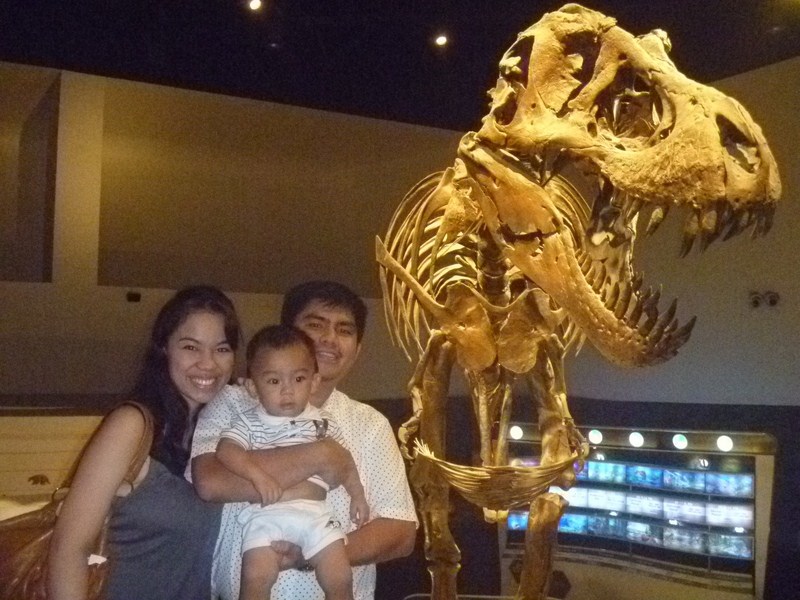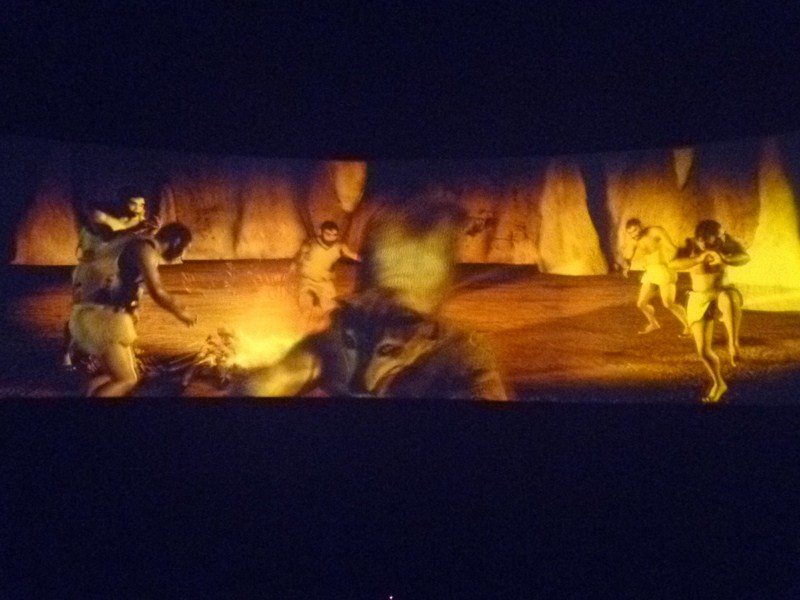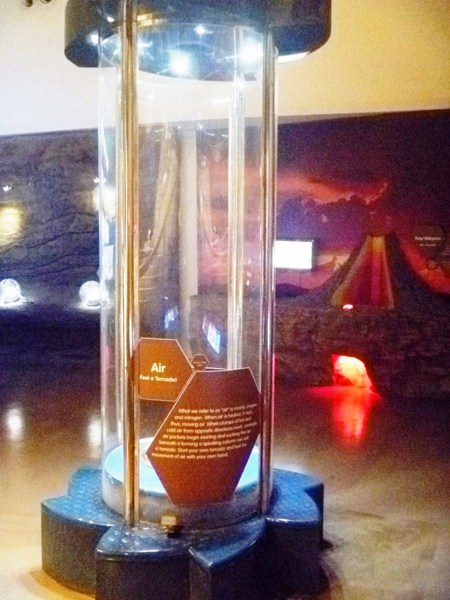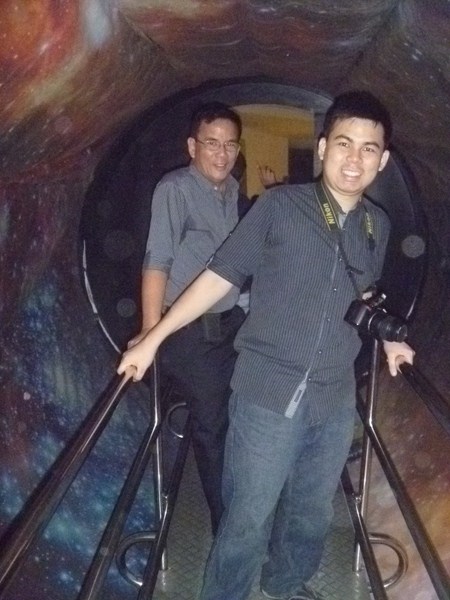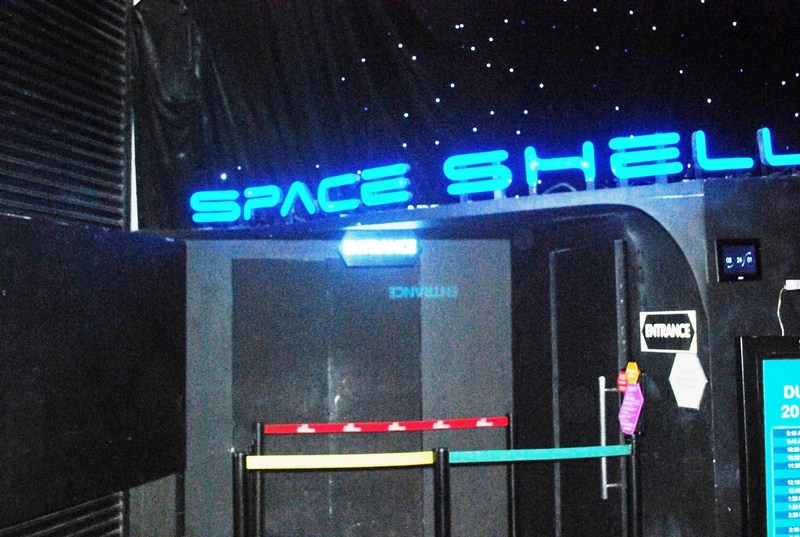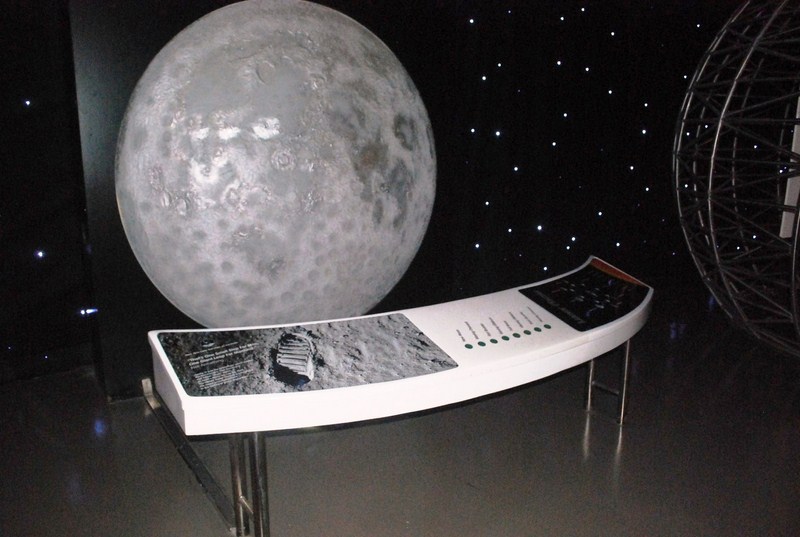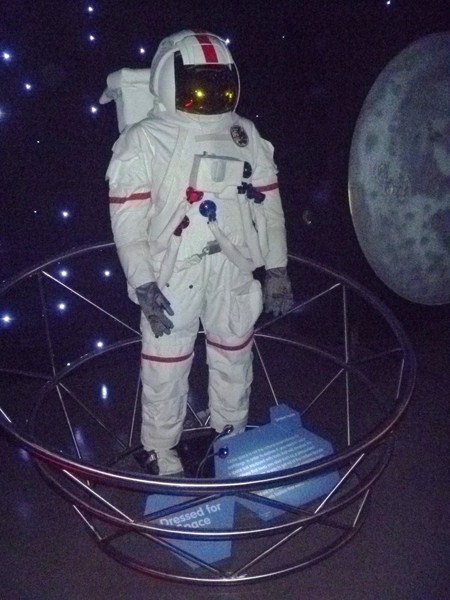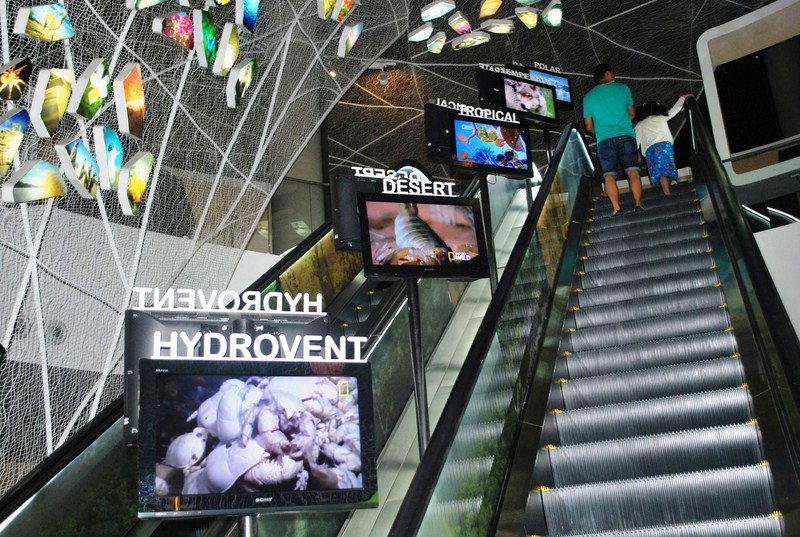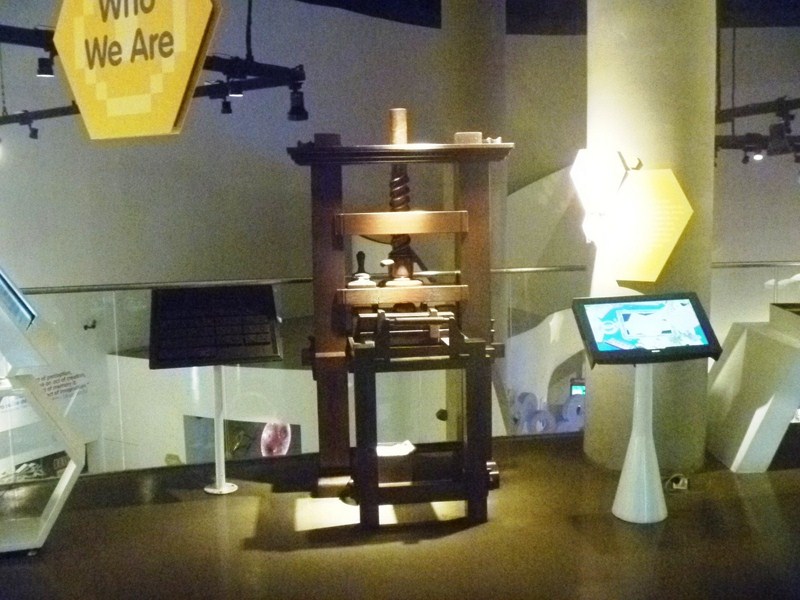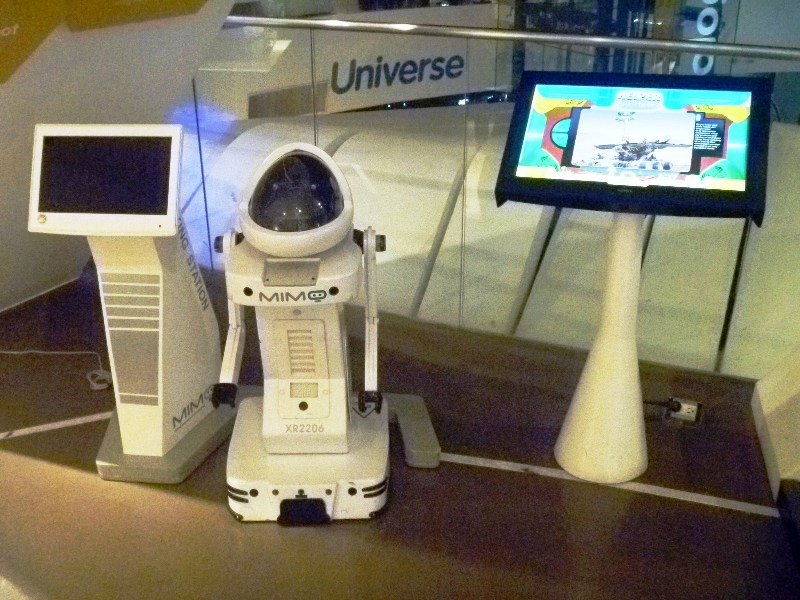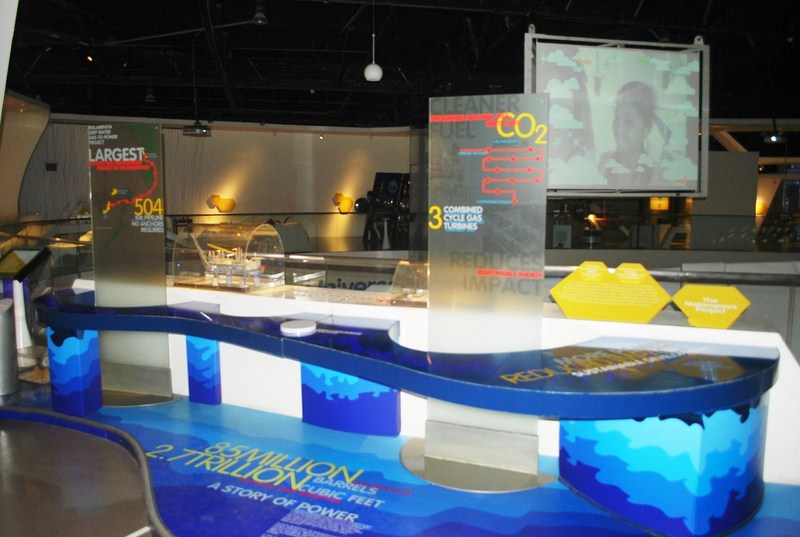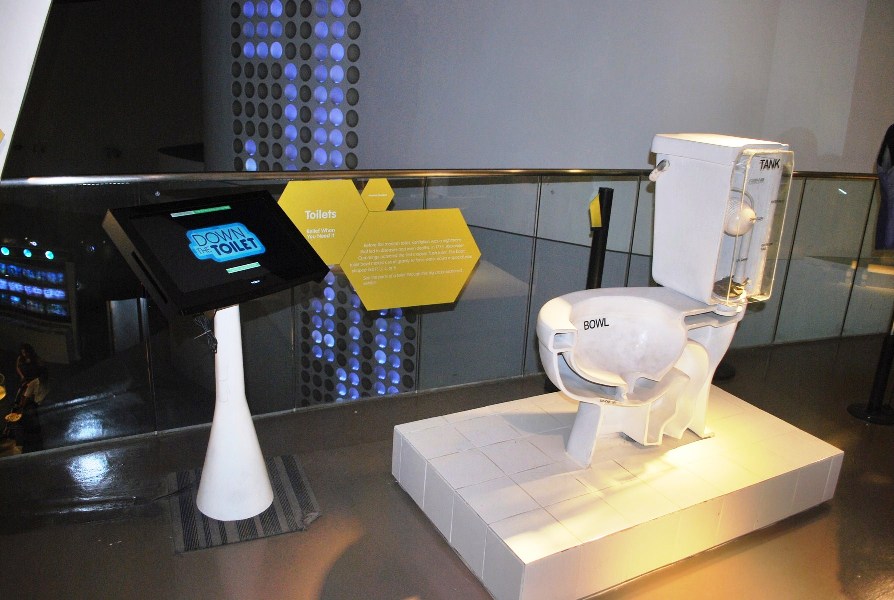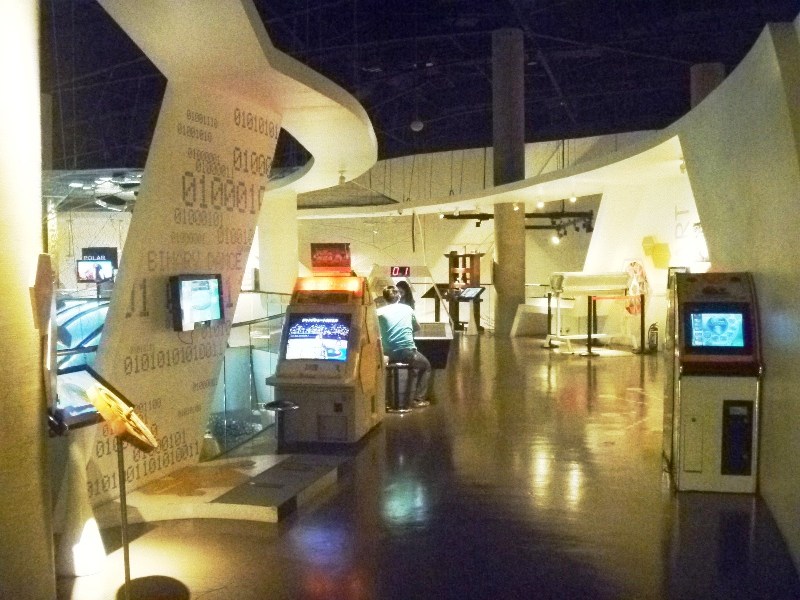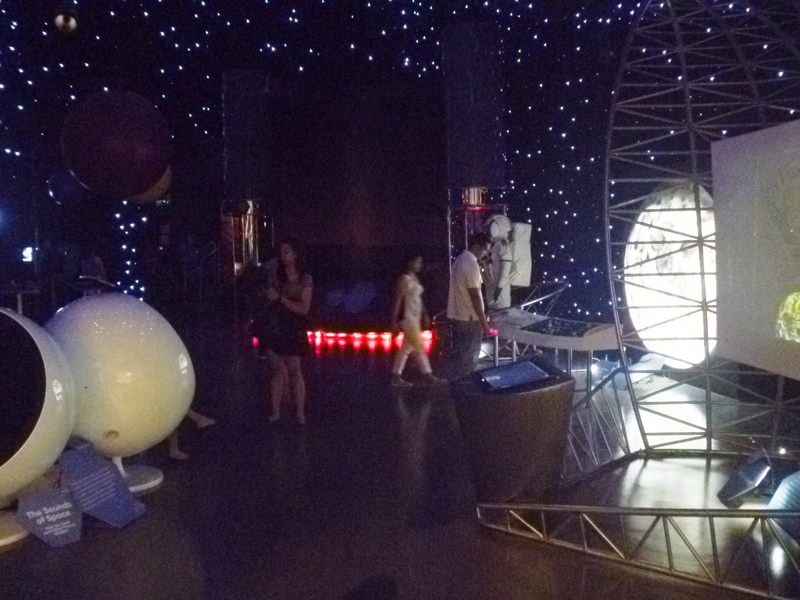The Hong Kong Cultural Centre (Chinese: 香港文化中心), a multipurpose performance facility, is one of the most iconic cultural buildings in the city. Together with the adjacent historic historic Clock Tower, they are tourist favorites for grabbing photos of Victoria Harbor.
The center is located on the southwestern tip of Tsim Sha Tsui, on the former location of the Kowloon Station of the Kowloon-Canton Railway. Adjacent to the centre on the west is the Tsim Sha Tsui Ferry Pier of the Star Ferry, while to the east are the Hong Kong Space Museum and Hong Kong Museum of Art.
Check out “Hong Kong Space Museum“
Built and operated by the former Urban Council , its construction was started in 1986 and the venue was officially opened on November 8, 1989, in a ceremony officiated by Charles, Prince of Wales and Princess Diana who unveiled a commemorative plaque.
The center opened with the International Celebration of the Arts, a special program that ran from November 5 to December 6. The program showcased Hong Kong musicians, Kunju opera, Cantonese music and performances by a range of international artists including the Cologne Opera, the Alban Berg Quartett, Sadao Watanabe, and the first Hong Kong appearance of guitarist John Williams.
Since 2000, it has been administered by the Leisure and Cultural Services Department of the Hong Kong Government. Today, this curved and concave shaped building is the go-to venue for a wide variety of cultural performances such as international touring theatre shows, world-class concerts, opera and performances. The trademark beige bricks of the building also make it a popular background for wedding photo shoots.
The 2,019-seat Concert Hall, the home of the Hong Kong Philharmonic Orchestra, is an oval two-tiered auditorium. The acoustics in the Concert Hall are often praised for elevating any musical performances thanks to its high quality oak panels and ceiling.
It includes an adjustable acoustic canopy and curtains and houses an 8,000-pipe, 93-stop pipe organ, the largest mechanical tracker action organ in Asia. Built by Austrian firm Rieger Orgelbau at the cost of $10 million, it was installed from August to November in 1989. It has been recorded by Christopher Herrick on Organ Fireworks VIII.
The Grand Theatre, designed for large scale opera, ballet, and musicals, has 1,734 seats in three tiers. The annual Hong Kong Film Award presentation ceremony also takes place there. The Studio Theatre, with 300 to 496 seats (depending upon the set-up), can accommodate smaller-scale theatre and performance works. The center also has an Exhibition Gallery, 4 foyer exhibition areas and 11 rehearsal and practice rooms.
Hong Kong Cultural Centre: L5, Auditoria Building, 10 Salisbury Road, Tsim Sha Tsui, Kowloon, Hong Kong. Tel: +852 2734 2009. Website: www.lcsd.gov.hk.
How to Get There: The centre is adjacent to the Star Ferry Pier (you can also take the Star Ferry from Central or Wan Chai to Tsim Sha Tsui and walk to the centre) and the Star Ferry bus terminus served by Kowloon Motor Bus. It is also within walking distance to Tsim Sha Tsui Station (Exit E) and East Tsim Sha Tsui Station (Exit L6 or J), which serve the Tsuen Wan Line and West Rail Line respectively.


